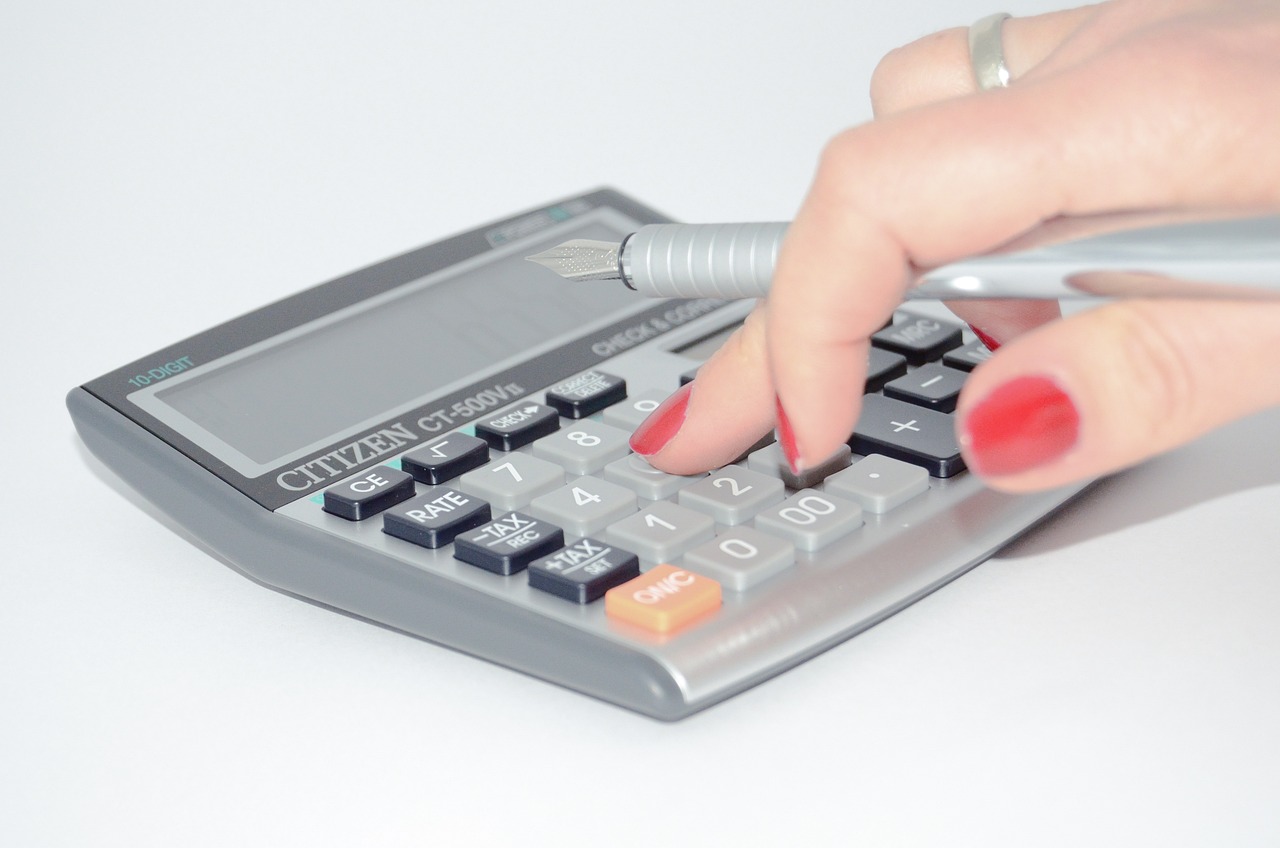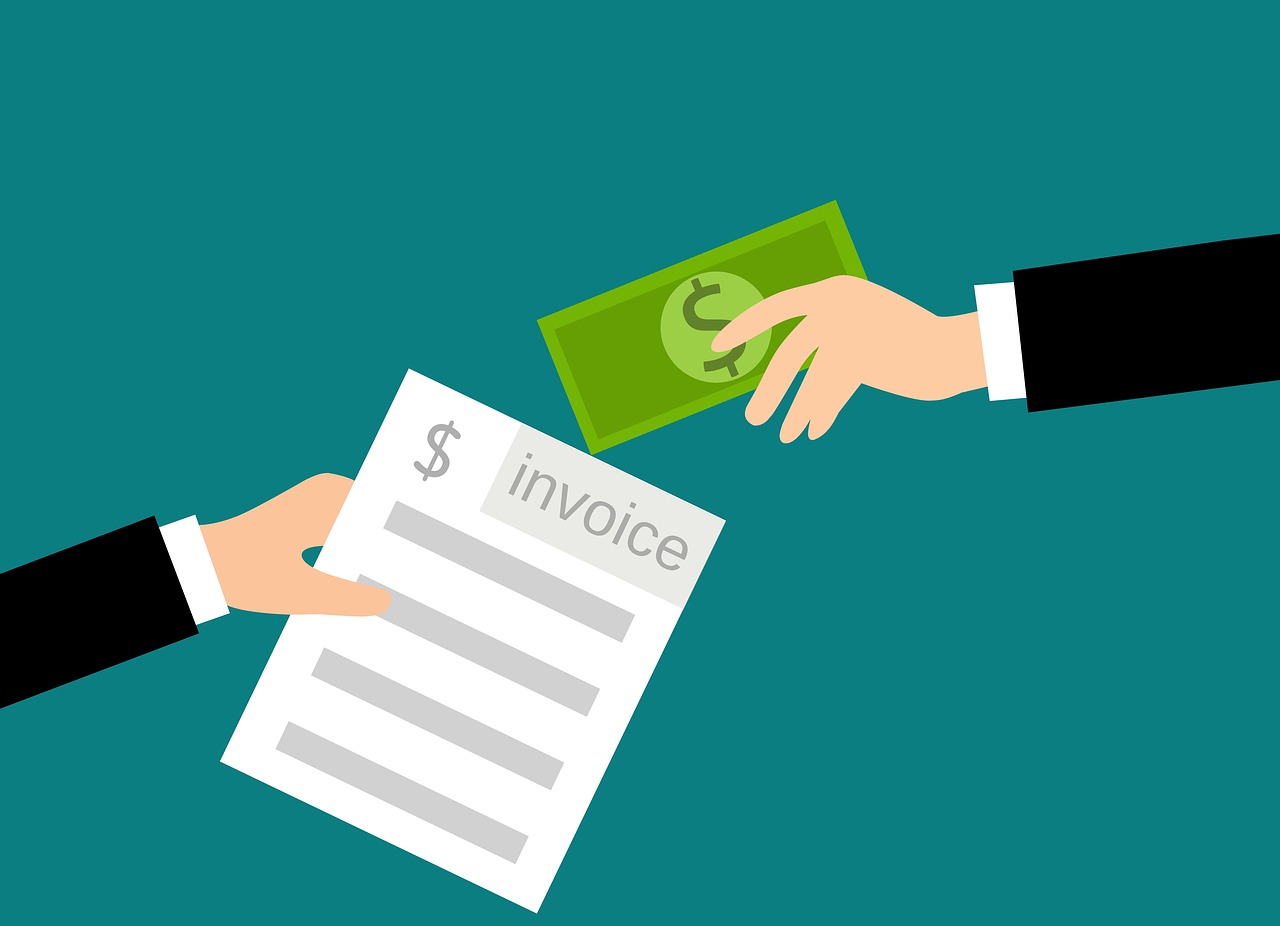
How to Apply a Discount to an Invoice
How to Apply a Discount to an Invoice A good discount is what your customer…

Bookkeeping is an essential part of a business of any size. There are two main types of such activity, the choice of which depends on the characteristics of your particular company.
In this article, we will take a closer look at double-entry vs single-entry accounting and discuss their pros and cons so that you understand all the nuances of each variety and can determine which one is right for you.
The basis for understanding these species lies in their names. What is a single-entry system in accounting? It is a personal- and cash-oriented method that involves keeping track of a company’s finances with one entry per transaction. You can get income or spend money; any such action will have only one entry in your ledger.
What is a single-entry system with an example? Here is a simple case of a table used in this approach:| Main Elements of Receipt Maker | |
|---|---|
| 1. Title | Your document should have a clear title such as “new receipt”. This way, the recipient can quickly distinguish your file from dozens of others. |
| 2. File Details | They include the document ID, the invoice number, the date the file was created, and the date the payment was received. |
| 3. Parties' Data | Your receipt for a customer should contain personal or business details of both the payer and payee: names, contact details, addresses, etc. |
| 4. Order Description | List all goods and services which the customer has paid for. Do a detailed breakdown describing the items, amounts, and costs. |
| 5. Payment Method | A real receipt should also include the method by which the transaction was made. |
| 6. Total Sum | Specify how much the customer has deposited into your account. It can be the total cost of the order or part of it (depending on your agreement). |
| 7. Notes | Use this field at your discretion. Thank the customer for contacting you, add comments about the use or storage of the items, offer a discount on the next order, or enter the remaining amount due if the payer sent only a part of the total order amount. |
Knowing the second method will help you understand the possibilities and limitations of single-entry accounting. So what is double-entry accounting? It is a more detailed, modern, and professional way to record transactions.
It involves making two types of entries for one transaction: debit and credit. That is, the amount of one account increases, and the amount of the second decreases accordingly. Here is a simple example of a double-entry bookkeeping system:
The concept of a double-entry system minimizes the possibility of errors and fraud, making it easy to identify them thanks to a simple formula. The sum of all your accounts’ debits should equal the sum of the credits.
If your total balance is not zero at the end of the calculations, there is an error in your records. Data verification is easy since, in the double-entry system, you always see the direction of financial flows in your balance sheet.
Use a budget app sync bank account from every financial institution in which you are a client. It will allow you to collect information about all transactions in one place and simplify accounting.
| Single-Entry Method | Double-Entry Method |
|---|---|
| Transaction information might be incomplete or partial; | Accounts for both the credit and debit side of each transaction; |
| Suitable for personal and cash accounts; | Suitable for personal, cash, real, and nominal accounts; |
| A simple solution that does not require special skills or software from you; | A complex and comprehensive approach that requires in-depth knowledge of accounting; |
| Used by self-employed and new or small companies that have little cash flow; | Universal; used by medium and large businesses and corporations with multi-level financial flows; |
| Not suitable for tax preparation, ratio or true financial standing analysis, and other complex calculations; | Based on such a system, you can conduct any analysis of the company’s financial activities; |
| High probability of errors and fraud due to insufficient data. | Minimizes the likelihood of errors and fraud, making it easy to identify them. |
Summing up, the double-entry approach is more versatile. It is suitable for both small and large companies. However, not all entrepreneurs have the right skills or the opportunity to hire an accountant. Therefore, they can stick to the single-entry system. As the business grows and the cash flows increase, they can change the accounting model.
At the same time, in addition to the characteristics of a company, business owners should also take into account the laws of the region in which they do business. So, for example, the IRS in the US prohibits entrepreneurs whose sales are more than $5 million (total per year) from using single-entry bookkeeping.
Think of single-entry bookkeeping like jotting down notes on a sticky pad—easy to do but might not capture everything. Double-entry bookkeeping, however, is like keeping a detailed diary. With single-entry, you record only one effect of any money coming in or going out. But with double-entry, you make two entries for each event: one showing where the money came from and another showing where it went. This makes it far easier to pinpoint errors and maintain accounting accuracy. In summary, the key difference lies in how much financial data each method captures and how each contributes to financial accuracy.
Choosing between single-entry and double-entry bookkeeping is like choosing between a bicycle and a car—you have to consider what fits your needs. Here are some general guidelines:
This bookkeeping comparison clarifies that it’s not a one-size-fits-all situation but depends on the business transactions your enterprise deals with.
Think about financial record keeping as you would about getting the measurements right in a recipe. A mistake—like missing an ingredient or messing up the quantities—can ruin the entire dish. Similarly, both single-entry and double-entry bookkeeping processes aim for financial accuracy, but their approaches differ.
When it comes to legal stuff, you don’t want to be caught off guard. Laws can dictate which accounting methods you should use, especially when paying taxes or going through audits. For example, if your business gets big enough in some places, you must switch to double-entry bookkeeping.
In wrapping up, your choice between single-entry and double-entry bookkeeping should consider three main pillars: the complexity of your business, how much detail you need in your financial record keeping, and the legal rules you must follow. If you’re starting small, the single-entry might work for now. But as you scale up, double-entry is like an upgrade that equips you with the tools to capture a more intricate financial snapshot, making it easier to meet more stringent rules down the road.


How to Apply a Discount to an Invoice A good discount is what your customer…

How to Add Taxable and Non-Taxable Items on One Invoice Invoicing is never as straightforward…

3 Reasons to Use Paperless Invoices It is 2024 out there, and machines have already…